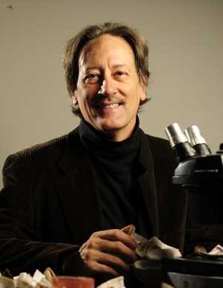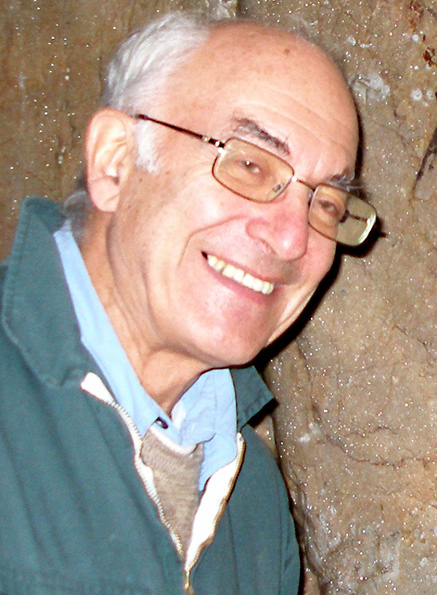Keynote Speakers
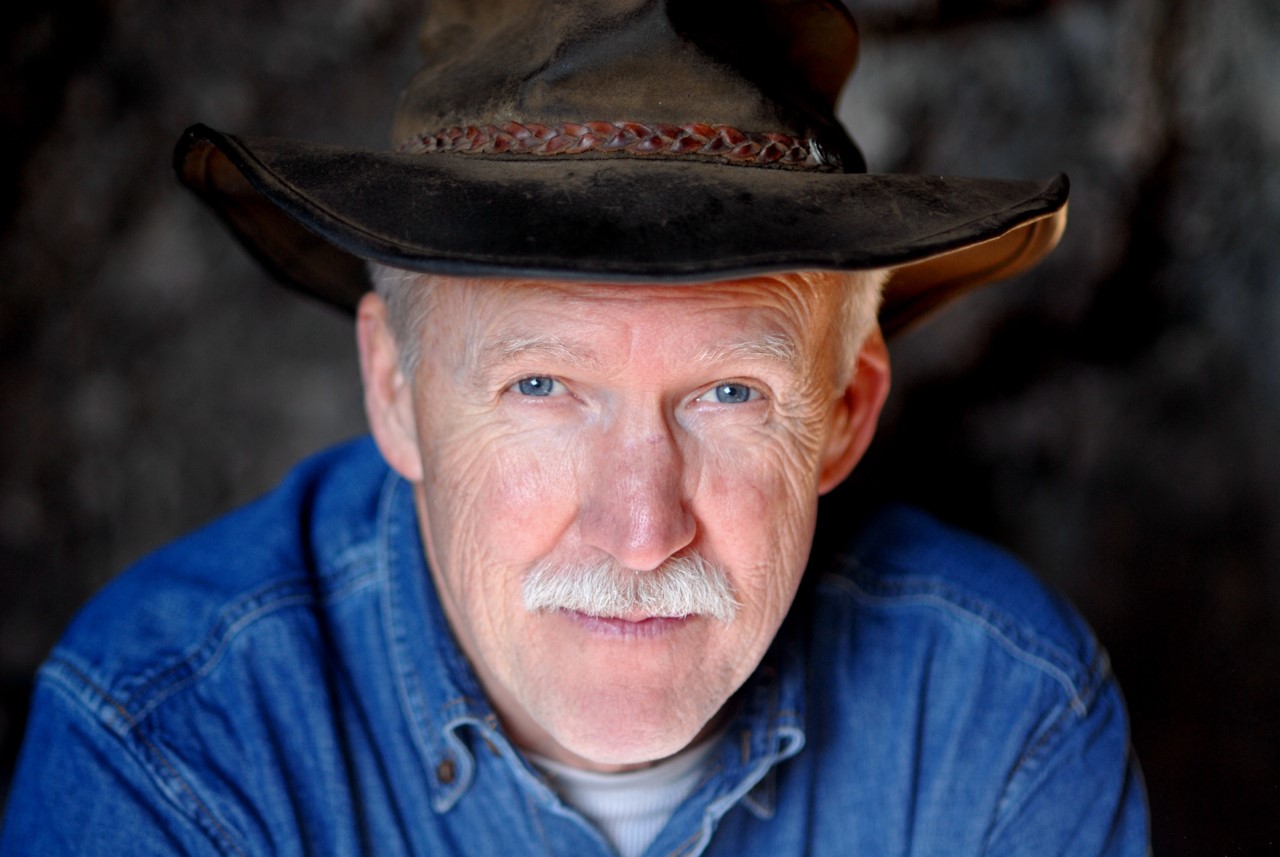
Senior Research Associate II (Emeritus)
Museum of Natural and Cultural History,
University of Oregon
TAC Festival 2024 Keynote Address:
"Archaeology and Science at the Paisley Caves"
Dennis Jenkins recently retired as a Senior Research Archaeologist for the Museum of Natural and Cultural History at the University of Oregon where he received his PhD in 1991. He taught and directed the UO’s Northern Great Basin archaeological field school in the Fort Rock, Chewaucan, and Harney basins of Oregon and the Snake River Plain in Idaho from 1989 to 2022. Jenkins’ research focuses on the first colonization of the Americas. When did people arrive, by what method, and direction? Who were they? What was their life like? He has also investigated obsidian sourcing and hydration, prehistoric shell bead trade, and settlement-subsistence patterns of the Northern Great Basin for 37 years. He has conducted more than 100 site investigations throughout his career, authored and co-authored 11 books, >80 chapters, articles, reviews, professional reports, and contributions to reports, and given >80 papers at professional meetings. Most recently, he has been involved in the internationally recognized recovery of ancient human DNA from coprolites (dried feces) dating to 14,500 years. He established the contemporaneity of Western Stemmed projectile points at the Paisley Caves with Clovis technology (~13,000 year old), co-authoring 6 articles in the World’s most prestigious scientific journals Science and Nature, made appearances in 11 TV documentaries, and has had his work profiled in more than 50 newspaper and magazine articles including Parade magazine and New Yorker. In retirement, he is completing the Paisley Caves monograph titled "Archaeology and Science at the Paisley Caves”.
Brothers, Collaborators in the Antikythera Mechanism Project and TAC Festival 2016 Keynote Speakers:
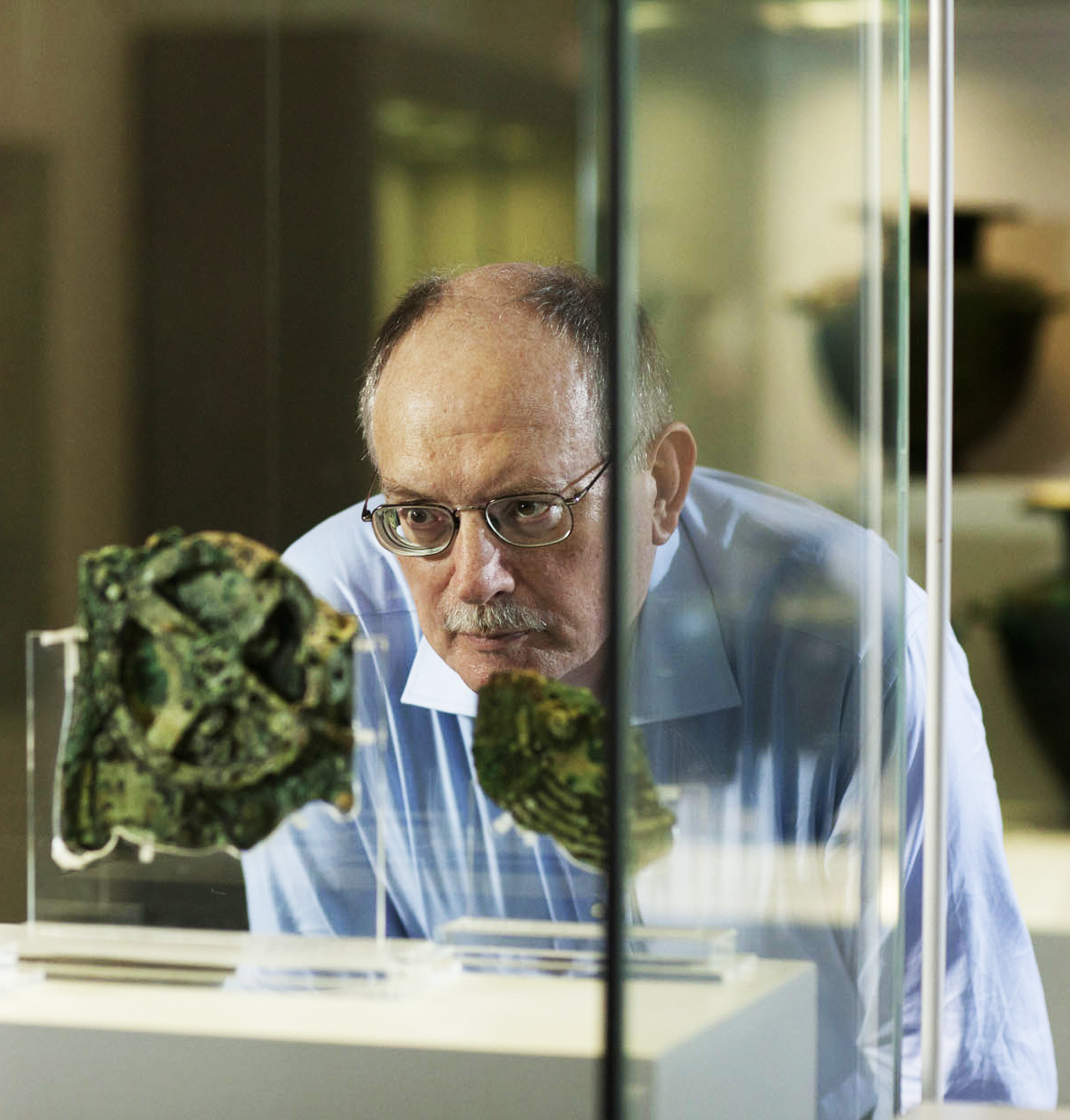
Tony Freeth, Ph.D., is a founding member of the Antikythera Mechanism Research Project and an Honorary Senior Research Associate at University College, London. His academic background was in mathematics, with degrees from Cambridge and Bristol. He then worked as a film director/producer for 25 years—for example, making films in Sub-Saharan Africa with Nobel Prize recipient, Norman Borlaug, about how to raise food production for subsistence farmers. In 2000, he proposed and organized new scientific investigations on the Antikythera Mechanism, a sophisticated mechanical computer made by the ancient Greeks. The results revolutionized Antikythera research and were published in Nature in 2006 and 2008 as well as other prominent science journals. He also produced and appeared in the award-winning TV documentary about the Antikythera Mechanism, broadcast in the USA as Ancient Computer (WGBH NOVA and distributed internationally by the BBC, ARTE, NHK, and many other major TV channels.)
After a long production career making science shows for the BBC and then serving in some executive roles, Martin Freeth returned to filmmaking and now is having the time of his life. He is well versed in the new cross-platform world.
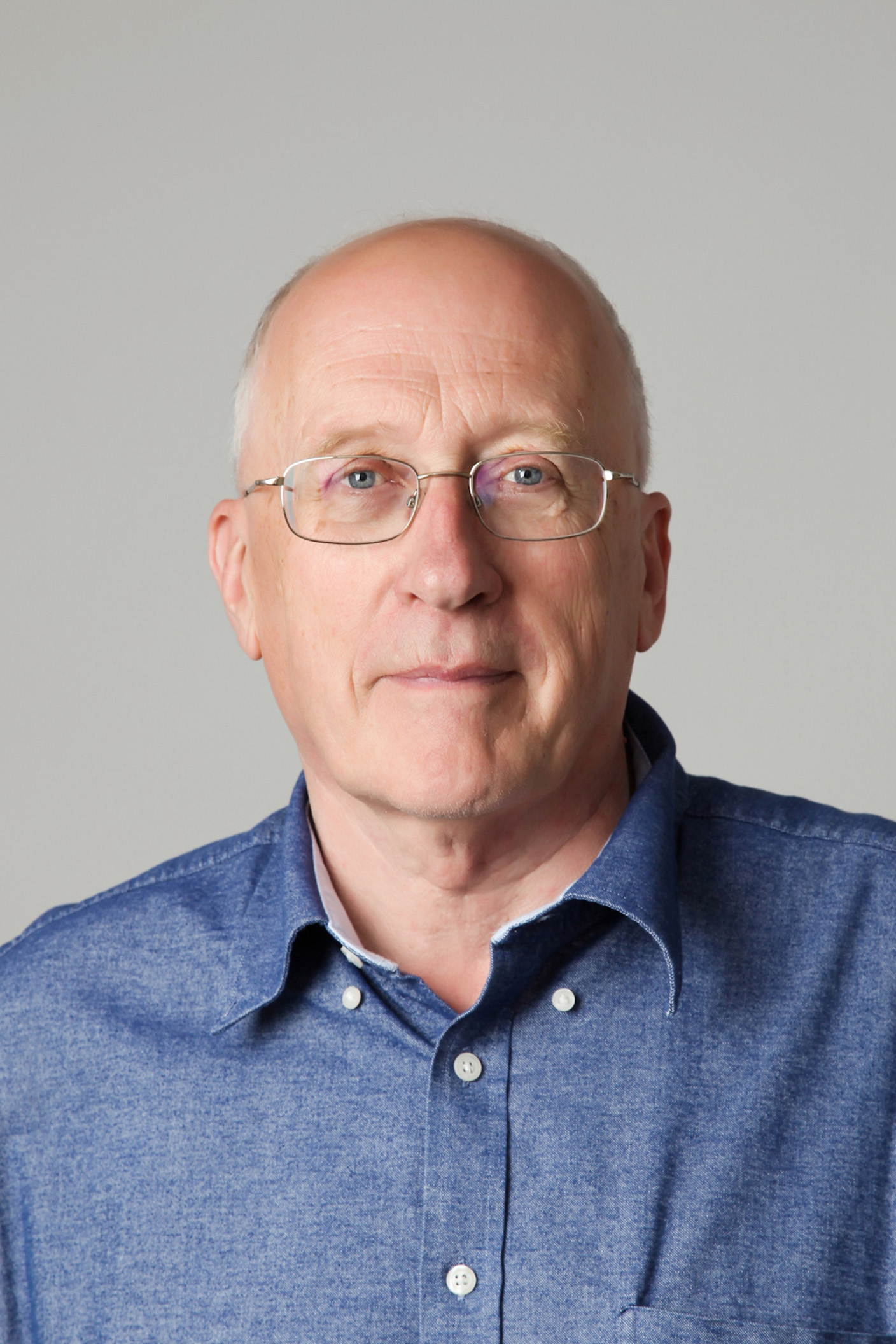
Martin joined BBC science in 1971, working on the Horizon/Nova series and many other series comprising dozens of productions shown on BBC channels and in the US. In 1995, he set up the BBC Multimedia Centre, pioneering new media. He led the startup of BBC Online, established interactive media awards and directed the new hands-on science center, “Explore At Bristol.” He was a founder of The National Endowment for Science, Technology and the Arts (NESTA) and was responsible for the Sci-Art program with the Wellcome Trust, for Web site development and for a large grant-giving program in innovative education. Within NESTA, he was a founder of Futurelab, which generated new kinds of learning software and media. As Managing Director of Windfall Digital, beginning in 2005, Martin helped create “DNA Interactive” comprising footage created for a Channel 4 series; made online films for the Lasker Foundation; made science films for The British Council; produced a complex CD-ROM in 15 languages for breast cancer patients; and created a media-rich interactive resource for science centers about human genetics entitled Choose Your Character.
Since 2008, through his own company, MFreeth.Com, Martin has been producing 30 short films each year. Among these was a short film, The Antikythera Mechanism: Decoding an Ancient Greek Mystery, made for the science journal Nature and accompanying a Nature paper about the mechanism by Tony Freeth and other researchers. This was screened in Eugene at TAC Festival 2009. Tony’s own one-hour international TV film, The 2000 Year Old Computer, was screened at TAC Festival in 2014 and then broadcast by WGBH NOVA as Ancient Computer. He followed that in 2015 with The X-Ray Time Machine, about the technology used to investigate the Antikythera Mechanism, submitted for TAC Festival 2016. His main clients now are the international science journal Nature and the British Medical Journal, but he also works for major corporate clients and for charities. A recent labor of love is a documentary portrait of a French Village containing some 30 short films and entitled The Living Map. All this work and more can be viewed via Martin’s web site (go to www.mfreeth.com – and then click on “projects”).
TAC Festival 2017 Keynote Speaker:
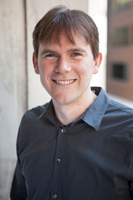
Christopher P. Thornton is the Senior Director of Cultural Heritage and interim Vice-Chair of the Committee for Research and Exploration at the National Geographic Society, as well as Director of Excavations for the Penn Museum at the UNESCO World Heritage Site of Bat in the Sultanate of Oman.
Chris earned his A.B. from Harvard University in Archaeometry and Archaeology, graduating in 2001. He received an M.Phil. in World Prehistory: Southern and Eastern Europe from the University of Cambridge in 2002 before entering the Anthropology department at the University of Pennsylvania. While at Penn he received several awards including an NSF Graduate Research Fellowship (2002–2005), a White-Levy Grant for Archaeological Publications, Co-P.I. (2006–2008), and was elected to the Kolb Fellowship in 2002. An expert in the origins of metallurgy and early complex societies in Iran and Arabia, Chris received his Ph.D. in 2009 from Penn.
After lecturing at Penn and George Mason University, he joined National Geographic to oversee research grants. As an archaeologist, Chris has worked in South Africa, Hungary, Cyprus, Iran, and Oman. He has published on the Iranian sites of Tepe Yahya, Shir-i Shian, Sang-e Chakhmaq, Hasanlu, Hotu and Belt Caves, Rashak III Rock Shelter, and Tepe Hissar, as well as on the Omani sites of Bat and Al-Ayn. He has lectured at universities and conferences around the world on the origins of metallurgy and the rise of complex societies in the Middle East and Central Asia. In addition to his role advising the National Geographic Society on issues related to cultural heritage, Chris works closely with National Geographic media to promote grantees and explorers in the fields of anthropology, archaeology, astronomy, geography, geology, and paleontology.
Dr. Thornton’s Keynote Address will take place at TAC Festival Banquet the evening of Wednesday, May 3, 2017, in the Hilton Eugene and Conference Center. Attendance is by reservation.
TAC International Film Festival 2018 Keynote Speaker:
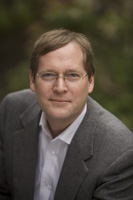
Dr. Fredrik Hiebert, Archaeologist-In-Residence at the National Geographic Society has worked on all seven continents of the world, and brought great stories of archaeological discovery to the pages of National Geographic for more than 15 years.
A field archaeologist and explorer, Hiebert has traced ancient trade routes overland and across the seas for more than 30 years. Hiebert has led excavations at ancient Silk Road sites across Asia, from Egypt to Mongolia. His excavations at a 4,000-year-old Silk Road city in Turkmenistan made headlines around the world. He also conducts underwater archaeology projects in South America's Lake Titicaca, and in the highest lake of the Silk Road in search of submerged settlements.
Hiebert completed his doctoral dissertation at Harvard University in 1992 and held the Robert H. Dyson Endowed Chair of Near Eastern Archaeology at the University of Pennsylvania before joining the National Geographic Society in 2003. Hiebert also holds research positions with the University of Pennsylvania Museum of Archaeology and Anthropology, the Institute for Nautical Archaeology and Robert Ballard’s Institute for Exploration. Among other honors, Hiebert received the Chairman's Award from the National Geographic Committee for Research and Exploration in 1998.
As National Geographic's archaeologist-in-residence, he extends the enthusiasm for archaeology to the public in lectures, presentations, films, and museum exhibits. These exhibitions travel world-wide and include: Treasures from Afghanistan, Peruvian Gold, The Greeks, Ancient Seafarers, Indiana Jones and the Adventure of Archaeology, and most recently an immersive exhibition experience: The Tomb of Christ.
Dr. Hiebert’s Keynote Address will take place at TAC Festival Banquet the evening of Wednesday, May 2, 2018, in the Hilton Eugene and Conference Center. Attendance is by reservation.l.
TAC International Film Festival 2019 Keynote Speaker:
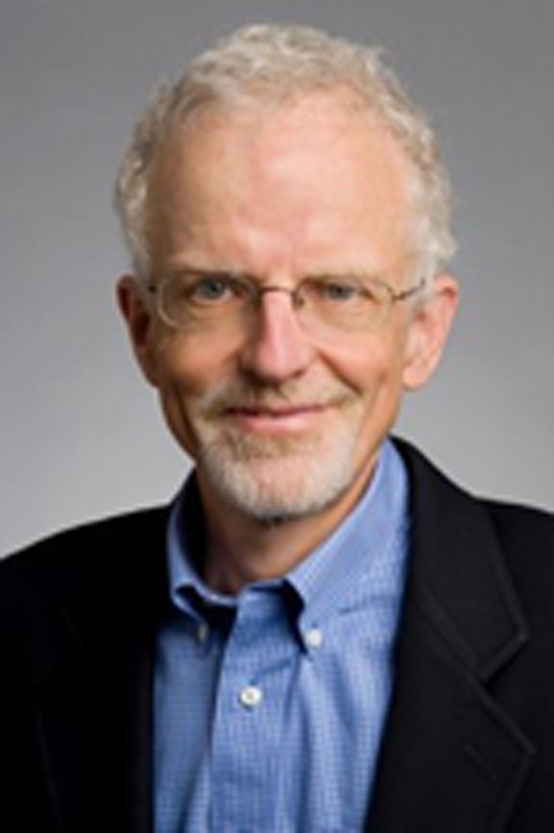
Evan Hadingham published his first book on early aviation as a teenager. He then developed a strong interest in archaeology and acquired a master’s degree in Prehistory and Archaeology from Sheffield University in England.
His feature articles on the archaeology of Egypt, China, Greece, and the Americas have appeared in magazines like The Atlantic Monthly, Smithsonian, Discover, and Reader’s Digest.
His books include Lines to the Mountain Gods, Ancient Carvings in Britain, Circles and Standing Stones, Early Man and the Cosmos, Secrets of the Ice Age, and The Fighting Triplanes.
In his research for Lines to the Mountain Gods, he traveled and photographed extensively in the Andes, and contributed to the PBS documentary series Mysteries of Peru.
In 1986, Hadingham was a Macy Fellow in Broadcast Journalism at WGBH-TV in Boston and became the Science Editor for NOVA in 1988. From 1995-1998, Hadingham was the Co-Executive Producer for the Discovery Channel’s series, Discover Magazine. Returning to NOVA in 1998 as Senior Science Editor, Hadingham resumed responsibility for the science content of all NOVA’s original documentaries and co-productions. For the NOVA productions, he is involved at every step, from development through final script writing. Among the shows he has produced for NOVA are Search for the First Americans, Who Killed the Red Baron? and Decoding Nazi Secrets.
Mr. Hadingham’s Keynote Address will take place at TAC Festival Banquet the evening of Wednesday, May 1, 2019, in the Hotel Eugene. Attendance is by reservation only.
|
Distinguished Professor of Anthropology, Vanderbilt College
TAC Festival 2013 Keynote Address: “Entangled Knowledge and the Quest for New Models on the Peopling of the Americas” |
||
|
Dr. Tom Dillehay received his Ph.D. from the University of Texas at Austin in 1976 based on research on large Inca sites in Peru and then taught at the Southern University of Chile in Valdivia, Chile. In that same year, 1976, the now-famous Monte Verde archaeological site was discovered about 120 miles south of Valdivia. Along with colleague Mario Pino, Dillehay began excavating the Monte Verde site in 1978 and recovered evidence of its extreme antiquity as well as its high degree of organic preservation. Early reports of pre-Clovis (meaning earlier than about 13,500 years ago) occupation at Monte Verde sparked widespread scepticism among the archaeological community, which largely held to the model of Clovis Culture in North America as the first manifestation of humanity in the Western Hemisphere. Nearly twenty years after excavations at Monte Verde began, in 1997, a blue-ribbon panel of archaeologists inspected the site and concluded that Dillehay’s analyses and interpretations were correct, accepting an age of 14,800 years for the site. This review led to a distinct paradigm shift in the professional community, which now favors the model of early (15,000 years ago or earlier) coastal migration from Asia as the means by which the first humans occupied North and South America.
Dr. Dillehay is Distinguished Professor in the Department of Anthropology at Vanderbilt College, specializing in archaeology, migration, political and economic change, and South America. Professor Dillehay has carried out numerous archaeological and anthropological projects in Peru, Chile, Argentina, and other South American countries and in the United States. He was awarded an Honorary Doctorate at the Southern University of Chile.
Dr. Dillehay has published 15 books and over 200 refereed journal articles. He has been a Visiting Professor at universities around the world, including the University of Chile; the National University of San Marcos, Lima, Peru; the University of Sao Paulo, Brazil; the National Autonomous University of Mexico; Cambridge University; the University of Tokyo; and the University of Chicago.
He currently co-directs with the University of Chicago an interdisciplinary project focused on long-term human and environmental interaction on the north coast of Peru at Huaca Prieta, which displays early monumental architecture as well as very early dates for coastal adaptation. He also directs a project on the political identity of Araucanian indigenous peoples in Chile and Argentina that is sponsored by the Guggenheim Foundation and the National Science Foundation. Professor Dillehay has received numerous international and national awards for his research, books and teaching and is a member of the American Academy of Arts and Sciences.
|
||
|
About Dr. Jean Clottes
TAC Festival 2014 Keynote Speaker |
||
|
Jean Clottes is an acknowledged world leader in the study of rock art. He was born in the French Pyrenees in 1933 and studied at Toulouse University, where he earned his Ph.D. in 1975. He was appointed Director of Prehistoric Antiquities for Midi-Pyrénées in 1971. This vast area (bigger than Switzerland) is one of the richest and most famous in France for prehistoric studies and in particular for prehistoric painted cave art. He led excavations on Early Paleolithic, Upper Paleolithic, and several Neolithic and Bronze Age sites in the region. In 1992, he was appointed General Inspector for Archaeology at the French Ministry of Culture and in 1993 became Scientific Advisor at the same Ministry for prehistoric rock art, a position he held until retiring in 1999.
Dr. Clottes is a member of numerous French and international archaeological councils, commissions and societies and is a former President and currently Honorary President of the Société Préhistorique Française. He has organized a number of national and international conferences on prehistoric art and has taught at Toulouse University and as a visiting professor at UC Berkeley. He has given many public lectures on rock art in France and in other countries (Andorra, Argentina, Australia, Belgium, Bolivia, Brazil, Canada, China, Denmark, England, India, Italy, Germany, Kenya, Luxemburg, Morocco, Namibia, New Zealand, Niger, Norway, Portugal, Spain, Sweden, Switzerland, and the USA). He is widely known for his research and management work at spectacular Chauvet Cave, the site of the oldest known European cave art. He is the editor of the International Newsletter on Rock Art (distributed to 108 countries) and has published over 450 scientific articles and written or edited 30 books. Among works authored in recent years is Cave Art (2008), published in London by Phaidon Press.
The American Rock Art Research Association awarded him their Lifetime Achievement Award in 2013. He was a principal adviser for film-maker Werner Herzog in his 2010 production of the acclaimed 3D documentary about Chauvet Cave, Cave of Forgotten Dreams. He is particularly interested in all aspects of rock art, including its meaning and age as well as its interpretation for the public.
|
||
About David Lebrun
TAC Festival 2015 Keynote Address:
“Inner and Outer Archaeology: A Life in Film”
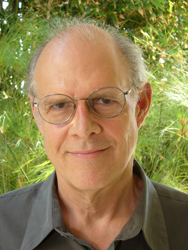
David Lebrun has served as director, writer, producer, cinematographer,animator and editor on more than sixty films including films on the Mazatec Indians of Oaxaca, a 1960s traveling commune and Tibetan mythology. He has a special history with TAC Festival, having won our Best Film award both in 2009 (with Breaking the Maya Code) and in 2014 (with Dance of the Maize God). He is the only filmmaker with this distinction.
Mr. Lebrun attended Reed College in Portland, Oregon, and the UCLA Film School. He came to film from a background in anthropology and philosophy, and many of his films are attempts to get inside the ways of seeing and thinking of specific cultures, combining techniques of documentary, experimental and animated genres to create a style appropriate to the culture and era of each film. He served as editor on the Academy-award winning documentary Broken Rainbow, about the Hopi and Navajo of the American Southwest.
Lebrun’s experimental and animated works include the radical editing styles of Sanctus(1966) and The Hog Farm Movie (1970), his work with the multimedia group Single WingTurquoise Bird, the animated film Tanka (1966), works for multiple and variable-speedprojectors such as Sidereal Time (1981) and Wind Over Water (1983), and a current multiscreenperformance piece, Maya Variations.
Lebrun’s feature documentary Proteus premiered at the Sundance Film Festival in 2004 and has won numerous international awards. Animated from period paintings and graphics, Proteus tells the story of 19th century biologist Ernst Haeckel, who found in the depths of the sea an ecstatic and visionary fusion of science and art. Proteus explores the sea through poetry, oceanography, technology and myth.
Lebrun’s documentary Breaking the Maya Code, on the history of the decipherment of the ancient Maya hieroglyphic writing system, was produced under major grants from the National Endowment for the Humanities and the National Science Foundation. The feature length version premiered at the 2008 International Festival of Films on Art in Montreal; shorter adaptations were produced for the PBS program NOVA and Europe’s ARTE France. The film won top honors at film festivals in St. George, Utah; Irun, Spain; Nyon, Switzerland; Athens, Greece; and Cracow, Poland; as well as at TAC Festival.
Dance of the Maize God, produced under a major grant from the National Endowment for the Humanities, enters the world of exquisitely painted Maya vases to explore the royal life and rich mythology of the ancient Maya, as well as the tangled issues involved in the collection and study of looted art. It has received Best Film awards at archaeology film festivals in Rovereto, Italy, and Hilton Head, South Carolina, as well as at TAC Festival.
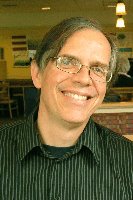
About Mark Van Stone
Professor of Art History, Southwestern College,
and Author of 2012: Science and Prophecy of the Ancient Maya
TAC Festival 2012 Keynote Address:
“2012: The Maya Calendar and the End of the World”
Dr. Van Stone received his undergraduate degree in Physics in 1973 and worked in the gamma-ray astronomy laboratory at the University of New Hampshire, until lured away to self-employment as a calligrapher and carver. In the world of calligraphy and type design, he established himself as an expert in paleography and the evolution of written forms, teaching and lecturing widely on the subject for the next twenty years.
A lifelong autodidact, he constantly seized opportunities to study in the reading rooms and storerooms of libraries and museums great and small throughout the world. A stint as a clay animator at Will Vinton Studios and study with netsuke carver Saito Bishu Sensei in Kawaguchi, Japan, focused his sculptural skills as well as his understanding of the cultures of animation, film-making, and Japan. A Guggenheim Fellowship took him around the world, studying and photographing manuscripts and inscriptions of many nations, including medieval Europe and the Islamic world, the classical world of Rome and Greece, the Far East of Southeast Asia and Japan, and the hieroglyphs of Egypt and Mesoamerica. His unique approach to understanding a script is learning to write and carve it.
There is something one learns by actually making such an artwork that one can learn in no other way. Mark's unique combination of scientific training, passion for beauty and calligraphic expertise has bestowed profound insight into the script technique of all these diverse traditions. This expertise has led to some peculiar jobs, such as producing movie props like the "Pirate's Code Book" for the Pirates of the Caribbean films.
In the 1980s he began to focus on the most complex, beautiful, and little understood script, Maya hieroglyphs, and entered the University of Texas graduate school under the renowned Linda Schele in 1994. He earned his MA in 1996 and his Ph.D. in 2005. During this time, he co-authored Reading the Maya Glyphs with Michael Coe, now the standard introduction to the topic. He appeared on-camera as the "writing hand" of Gaspar Chi, Bishop Landa and various Maya scribes in Breaking the Maya Code, the stunning documentary film that took top honors at TAC Festival 2009. He is presently Professor of Art History at Southwestern College and in 2010 published a new book, 2012: Science and Prophecy of the Ancient Maya. His dual background in science and art is essential to his unique understanding of Maya calligraphy and of the development of all writing systems. His insight into Maya literature gives him a rare ability to interpret the Maya calendar in an authoritative and trustworthy manner and his presentation style is truly engaging.

